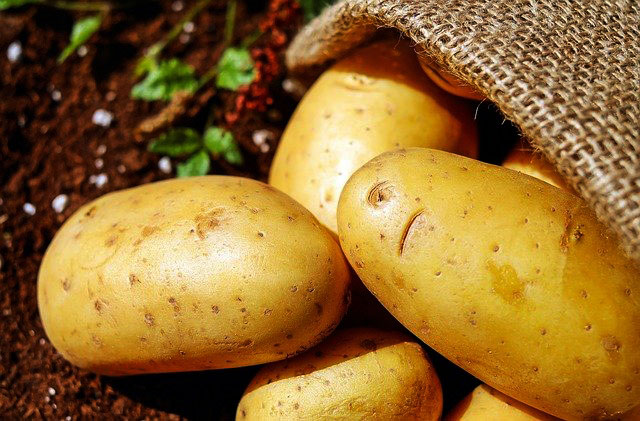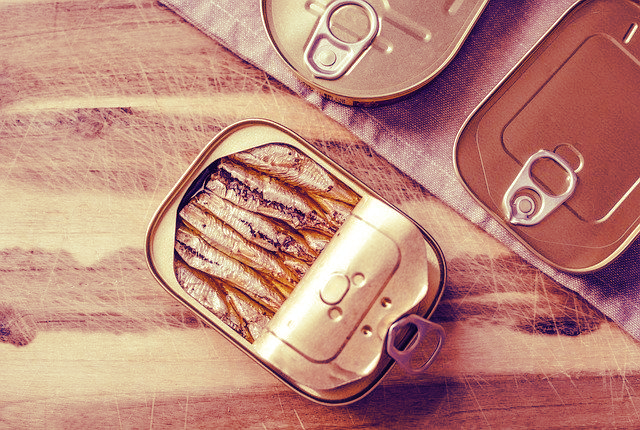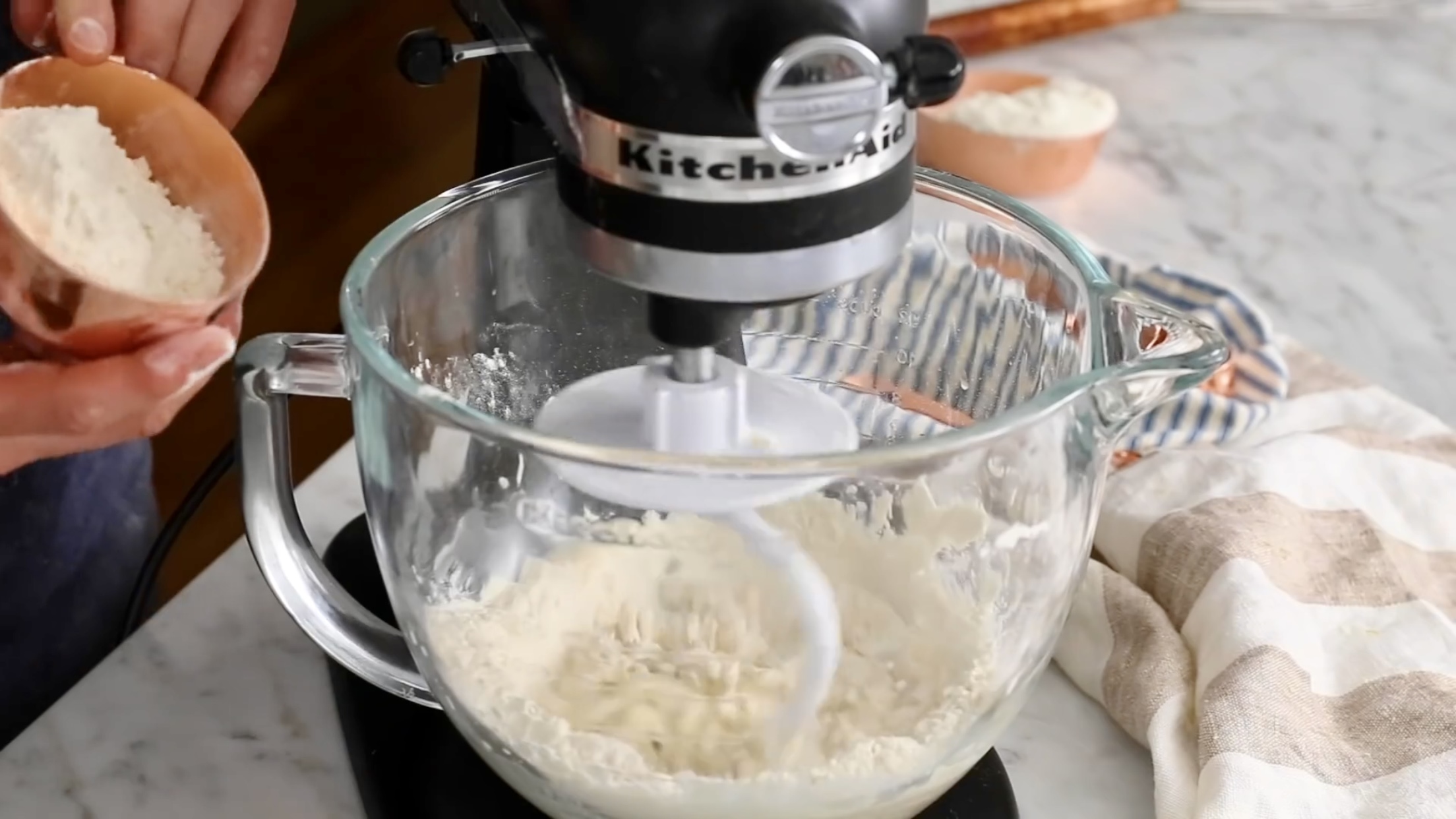According to research from ReFed, the United States recently wasted over 54 million tons of food in a single year. To put it into perspective, that’s $408 billion dollars worth of groceries or the equivalent of 130 billion meals!
Few would disagree that such statistics are far from flattering, both financially and from a social responsibility standpoint. But all that waste also takes a toll on the environment.
Consider the greenhouse gases that wasted food produces as it rots in landfills, not to mention the water, energy, and labor it took to grow and distribute in the first place. The good news is that an alternative to tossing leftovers lies no further away than your fridge or freezer.
But how long is too long to freeze food before it goes bad? Is it better to freeze food in bags or containers? Join us for answers to all the questions about how to freeze food you’ve always been too scared to ask.
Is freezing food bad?
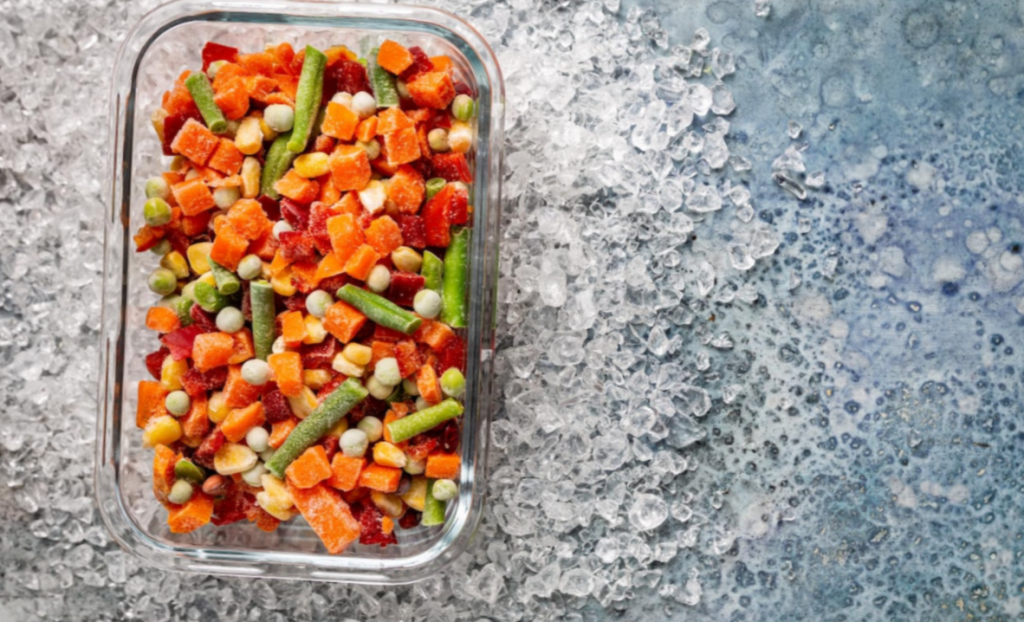
Not at all. Freezing food is one of the easiest and most efficient ways to keep food fresher, longer.
As long as you follow the correct rules for freezing food, your freezer can dramatically slow down the effects that time would otherwise have on your groceries.
Does freezing food kill bacteria?

It does not, which is incredibly important to keep in mind! Freezing basically immobilizes the growth of any bacteria or other unsavory microbes that may already be present in food.
Unfortunately, these microbes will still be there waiting once your food thaws. The cooking process is what really destroys germs and bacteria, which is why it’s so important to ensure you never serve undercooked meat.
Does food lose nutritional value when you freeze it?
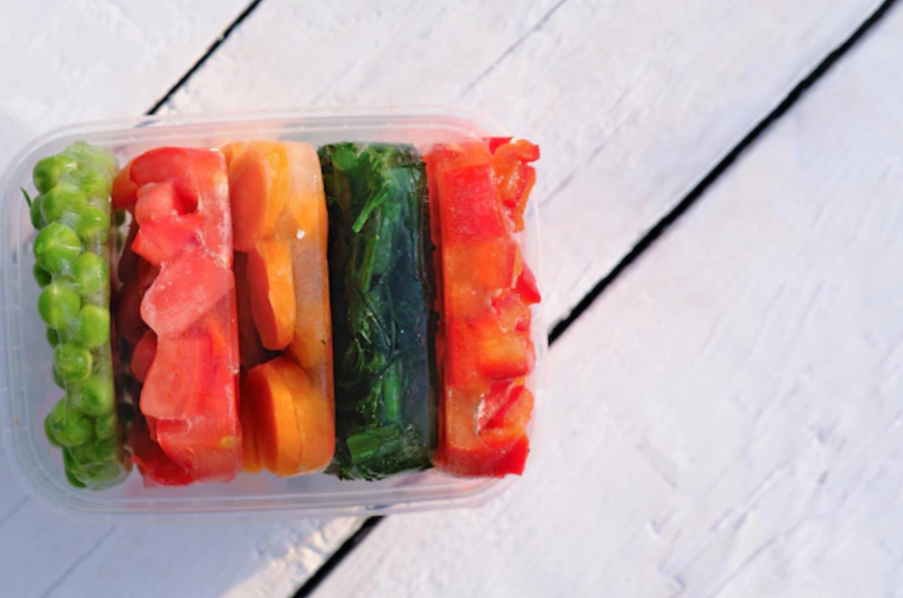
No. As the USDA clarifies, freezing food like meat and poultry products should not affect their nutritional value at all. Some studies suggest that frozen fruits and vegetables may retain even more nutrients than their fresh counterparts.
Frozen vegetables are usually picked at their ripest and immediately frozen. This helps them retain their vitamins and minerals until they are ready to be eaten. While fresh fruits and vegetables may lose their nutrients rapidly if stored at room temperature, freezing them as soon as you are home can slow down the process.
What are the best ways to freeze food?
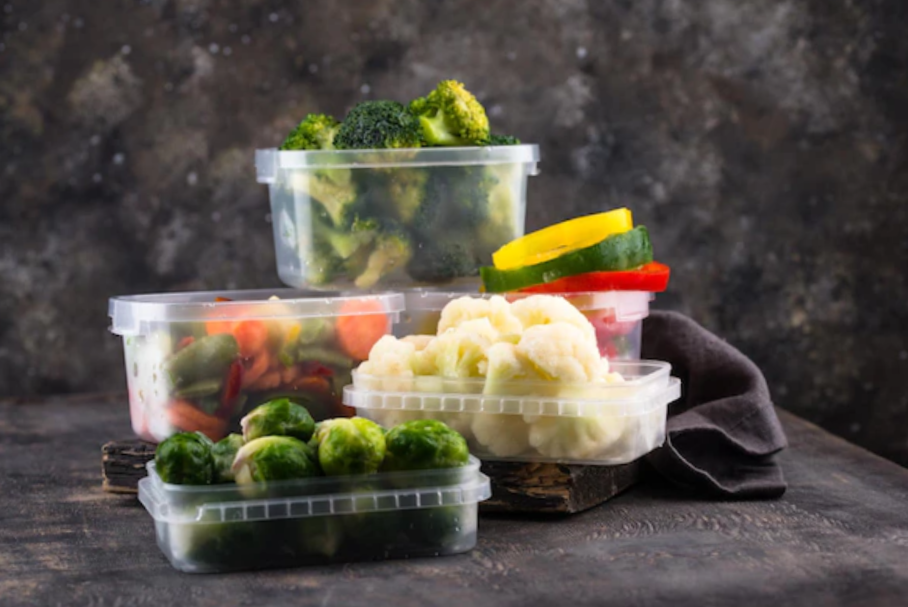
A big part of freezing food correctly comes down to making sure that your fridge or freezer remains at the correct temperature. According to the USDA’s Food Safety and Inspection Service, freezing food at 0 °F is always a safe bet.
While storing food for longer periods of time will eventually decrease its quality, it also prevents the growth of microorganisms that can lead to spoilage.
When it comes to refrigeration, the USDA says to aim for a temperature of at least 40 °F or below. The items in your fridge should remain safe if they remain stored at or beneath this threshold, but should be considered suspect once they’ve been in an environment over 40 °F for over 2 hours.
What are the best materials to freeze food?
There’s nothing worse than pulling your food out of the freezer only to discover it’s fallen prey to a nasty case of freezer burn. The key to avoiding such situations is to make sure that your food is wrapped correctly while the freezer does its magic.
The goal is to keep your food at the right temperature, all while locking out the cold air that leads to freezer burn. But is it better to freeze food in bags or containers?
While there are several different ways to freeze food, the main thing is ensuring that your items are in an airtight container or material. Airtight plastic bags, heavy plastic wraps, and rigid reusable containers are all safe choices.
But freezing food without plastic is also possible with items such as:
- Aluminum foil
- Parchment paper
- Freezer paper
- Rigid glass containers
- Heavily waxed cardboard containers
Generally speaking, any airtight, moisture-resistant packaging should do.
Is it safe to freeze food in the manufacturer’s packaging?
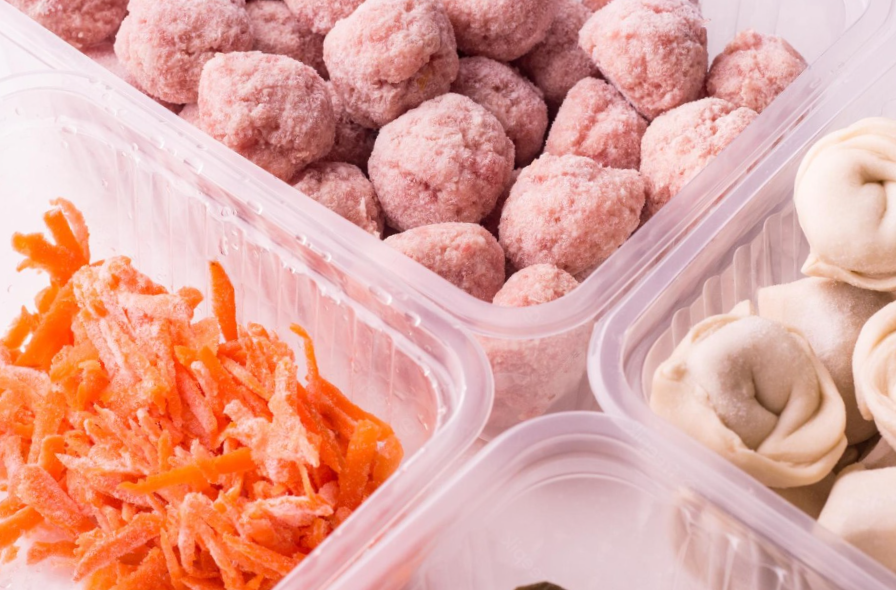
While it is safe to freeze food in the original store packaging, it may not be your best bet if you want to retain quality for an extended period of time. The thin plastic wrapping used by many food distributors is very thin and may not keep cold air out as effectively as other types of packaging.
If you’re planning on storing your food for months rather than days, it’s a good idea to provide it with extra protection. You can either remove the food and place it in an air-tight container or simply add an extra layer of packaging to help ensure quality and prevent freezer burn.
Does freezing food make it last longer?
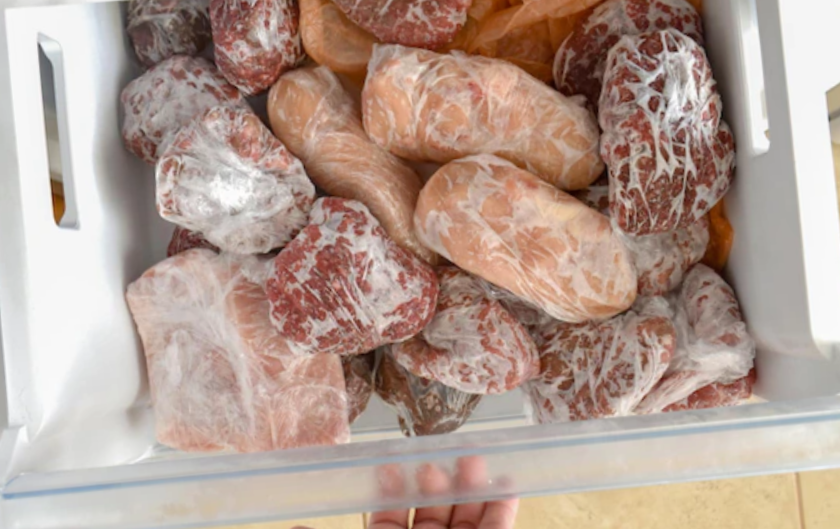
Properly frozen food enjoys a dramatically longer lifespan than it would if left at room temperature. In fact, food stored at or below 0 °F doesn’t have a time limit as far as safety is considered.
Unfortunately, the same can’t be said for factors like quality. While a steak that’s been frozen for three years in the back of your fridge may technically be safe, it’s likely to give you plenty of other reasons to pass.
So, how long is too long to store different types of food in the fridge or freezer? This can vary highly depending on the type of food you want to freeze, how it’s been prepared, or whether the package has been opened.
While it’s always important to check the labeling, here’s a quick reference guide to give you a general idea of how long various frozen foods retain their best quality.
| Food | Refrigerated at 40 °F or below |
Frozen at 0 °F or below |
| Lunch meat | 2 weeks (unopened package)3 – 5 days (opened) | 1 – 2 months |
| Hot Dogs | 2 weeks (unopened package)1 week (opened) | 1 – 2 months |
| Ground meat | 1 – 2 days | 3 – 4 months |
| Steaks, Chops, and Roasts | 3 – 5 days | 4 – 12 months |
| Ham | 3 – 5 days (uncooked, uncured)2 weeks or by “use by” date (fully cooked, unopened) | 6 months (uncooked, uncured)1 – 2 months (fully cooked, unopened) |
| Whole Chicken or Turkey | 1 – 2 days | 1 year |
| Fish | 1 – 3 days | 2 – 3 months (fatty fish)4 – 8 months (lean fish, dependent on specific type) |
| Fresh Lobster or Crab Meat | 2 – 4 days | 2 – 4 months |
| Soups and Stews | 3 – 4 days | 2 – 3 months |
How long can food be in the fridge before freezing?
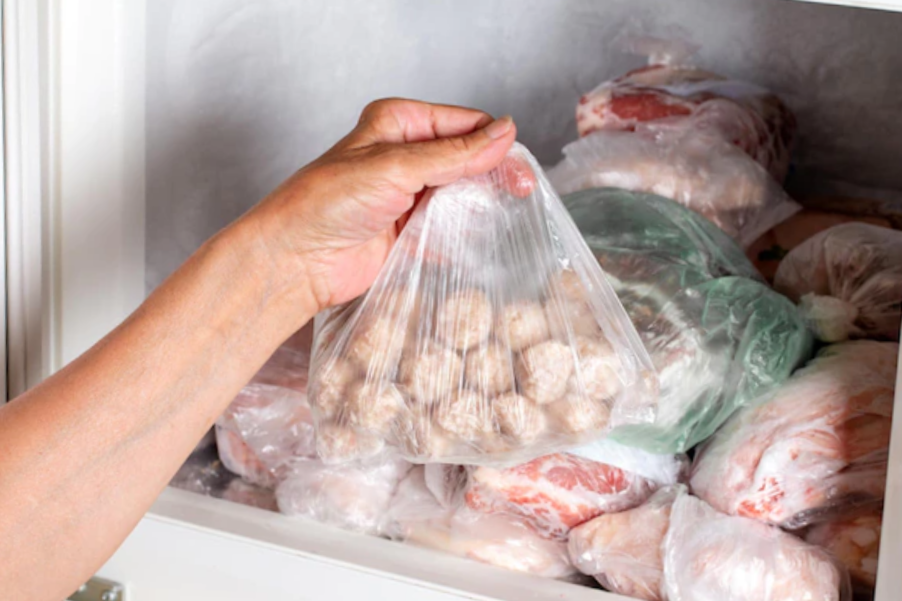
We’ve all been there. You get home from grocery shopping and put a freshly bought package of meat in the fridge, planning to cook it for dinner that night.
Then something comes up at the last minute to change your plans. By the time you remember that your steak or ground beef never made its way to the freezer, you wonder if it’s too late to make the switch.
The refrigerator timelines in the reference table above should serve as a guide for this situation, with a few important exceptions. Food such as pre-stuffed poultry should only be cooked from a completely frozen state to ensure safety.
But if you want to transfer a steak from the fridge to the freezer after 2 days, it shouldn’t be an issue. Just be aware that you may lose a bit of quality if the meat has already thawed in the fridge. This is because the thawing process often results in a loss of moisture.
Ground meat that’s been merely refrigerated for 3 –4 days, on the other hand, might warrant a little extra skepticism. It’s also important to use your best judgment in these situations, even if a questionable piece of food technically falls within a safe timeline.
If your food is producing an odd smell or has developed a strange coloring, then it’s always better to be safe than sorry.
Is it okay to freeze cooked food?
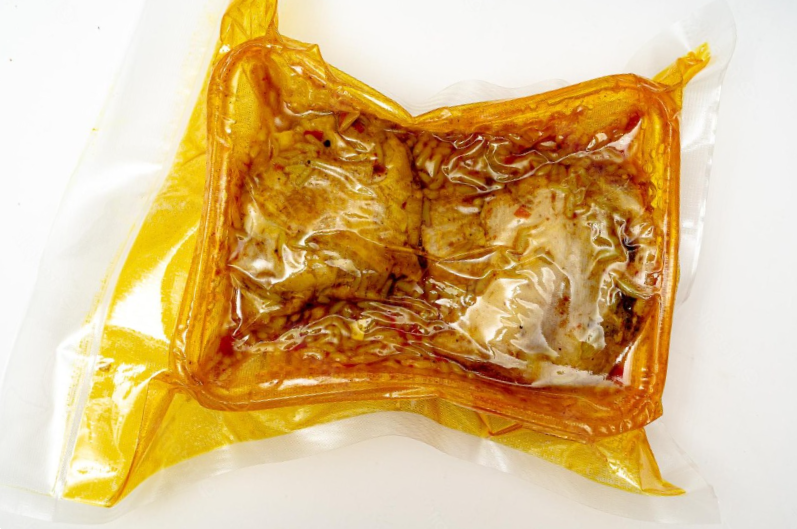
Freezing is not only a great way to extend the life of uncooked food but of leftovers as well. If you plan to eat your cooked leftovers within 3 – 4 days, you should be fine just keeping them in the fridge.
If you want to keep them any longer, however, you’ll want to transfer them to the freezer, where they will retain their quality for much longer. Just be sure that you never attempt to salvage any food that’s been left outside of the fridge for over 2 hours since it was cooked.
If your leftovers have been in temperatures over 90 °F, then the timeline shortens to 1 hour. Here’s how long certain leftovers should stay good after being refrozen:
- Cooked poultry or meat: 2 – 6 months
- Chicken patties or nuggets: 1 – 3 months
- Pizza: 1 – 2 months
Is it better to freeze meals raw or cooked?

While both cooked and uncooked meals can be safely frozen, raw meat can generally be frozen for longer without sacrificing its quality. This is due to the fact that cooking food like meat and poultry can result in the loss of a great deal of moisture.
Foods that freeze well and those that don't
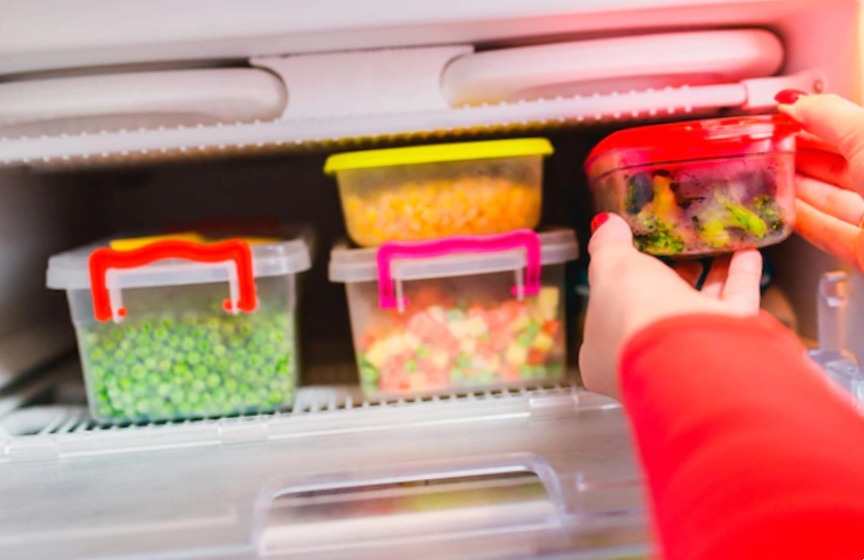
While freezing certain foods can extend their life significantly, there are some items that just don’t do well in the freezer. Here's a handy breakdown of foods that will and won’t fare well when frozen.
| Freeze | Don’t Freeze |
| • Meat and Poultry • Stew • Corn • Carrots • Green Beans • Squash • Broccoli and Cauliflower • Winter greens such as kale, chard, collards, and spinach • Onions and peppers |
• Greens such as cabbage, celery, cucumbers, lettuce, radishes, and parsley • Cooked rice or pasta products • Cooked egg whites • Mayo and salad dressing • Jelly, gelatin, or pudding • Fried Foods • Meringue • Baked or boiled potatoes • Sauces or gravies |
Other important considerations when freezing food
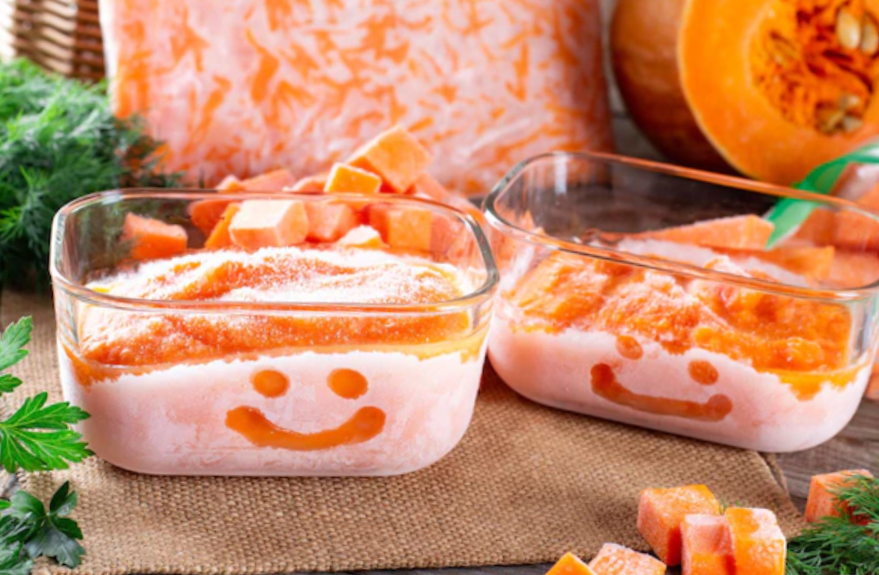
There are also a few tips and tricks that you should be aware of when it comes to how to freeze food. Let's go over several unspoken rules and hacks that can help ensure you don’t accidentally commit some of the most common food-freezing errors.
- If you want your frozen food to retain the best quality, then the size of the container you store it in can be as important as the material. Remember, the goal is to use an air-tight package or container to prevent cold air from getting in. But if you use a container that’s too large, extra air trapped inside can also cause freezer burn. Make sure to always use packaging or appropriately sized containers with as little air inside as possible. If you want to go all out, you can even invest in a food vacuum sealer.

PROFESSIONAL VACUUM SEALER: The Bonsenkitchen food sealer machine only takes 10-12 seconds to complete the food vacuum sealing. Vacuum sealer for food is easy to operate with 5 buttons. is a great ...
- While freezing your leftovers is great, you want to be careful not to shove them in your freezer while they’re still hot. This can lower the overall temperature and cause the foods around them to start to thaw. Instead, place them in the fridge in an uncovered container until they cool before moving them to the freezer.
- If you plan to freeze your food for an extended period, then make sure you label it so you’ll remember when it expires. This is particularly important if you transfer it from the original packaging with the expiration date and USDA label.
How to Freeze Food Guides
- How to freeze and thaw nuts
- How to freeze cream
- How to freeze bananas
- How to freeze figs
- How to Freeze Blueberries
- How to Freeze Fresh Corn
- How to freeze corn on the cob
- How to Blanch Vegetables for Freezing
Bottom Line
As you can see, freezing food is a great way to ensure that it stays fresh and safe for long periods of time. Now that you’ve mastered the rules for freezing food, you’ll be able to safely store your food with confidence.

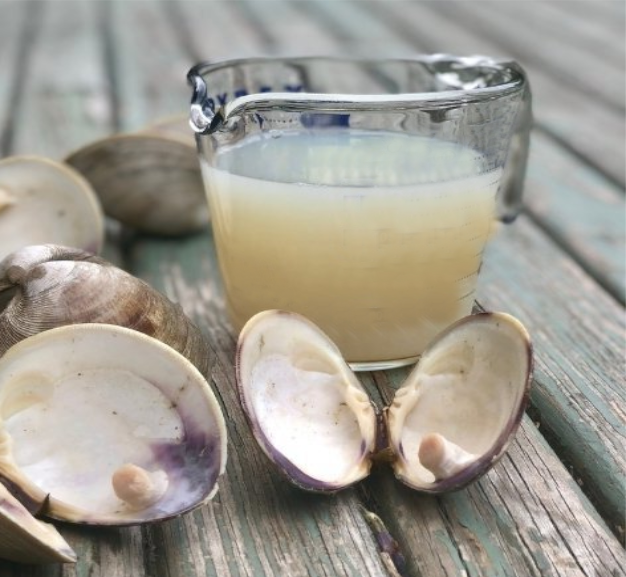


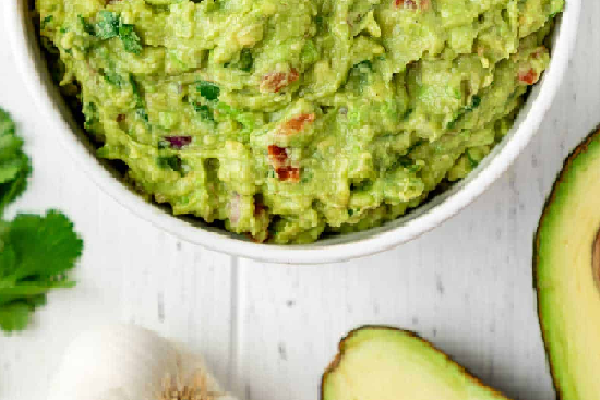



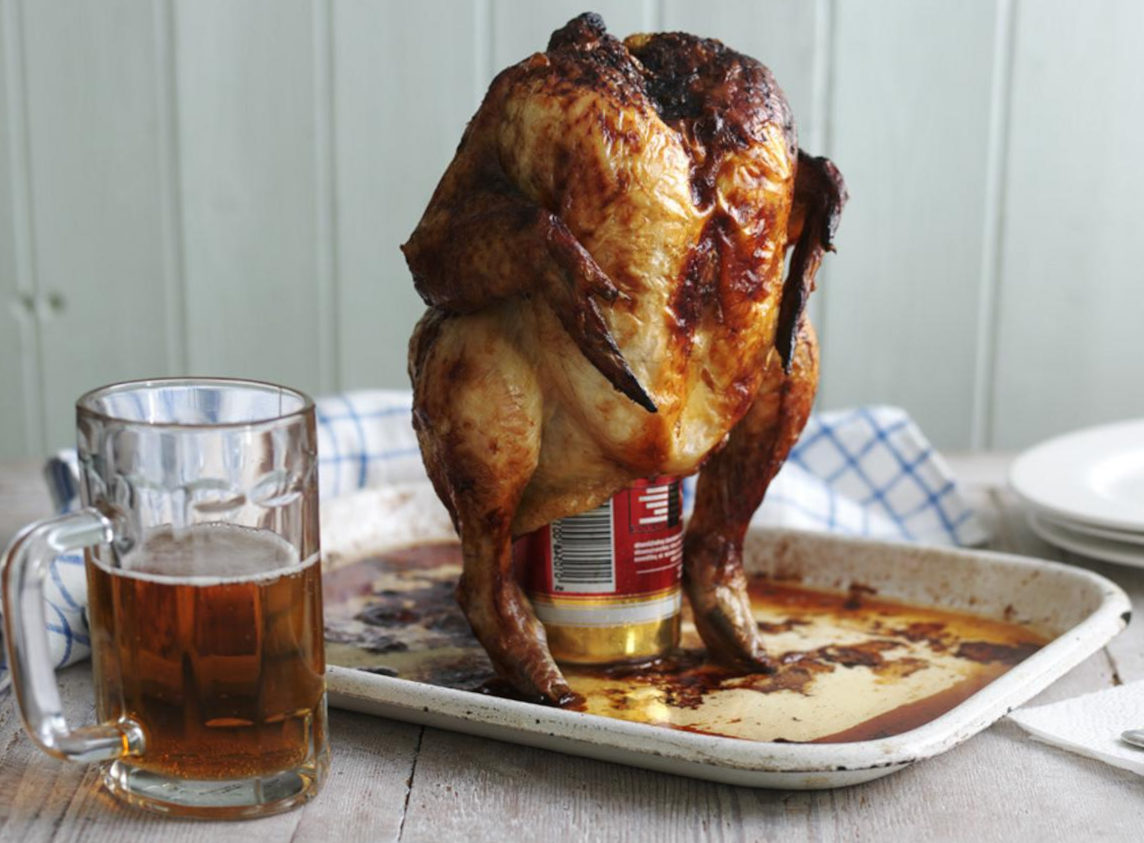

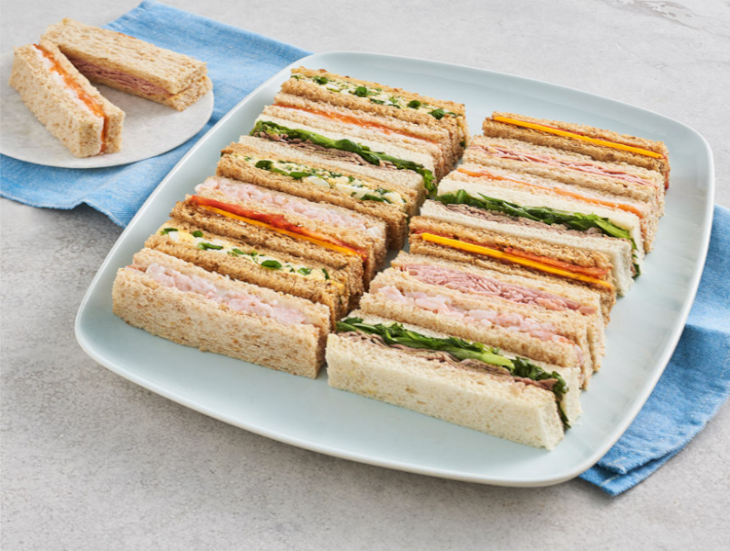



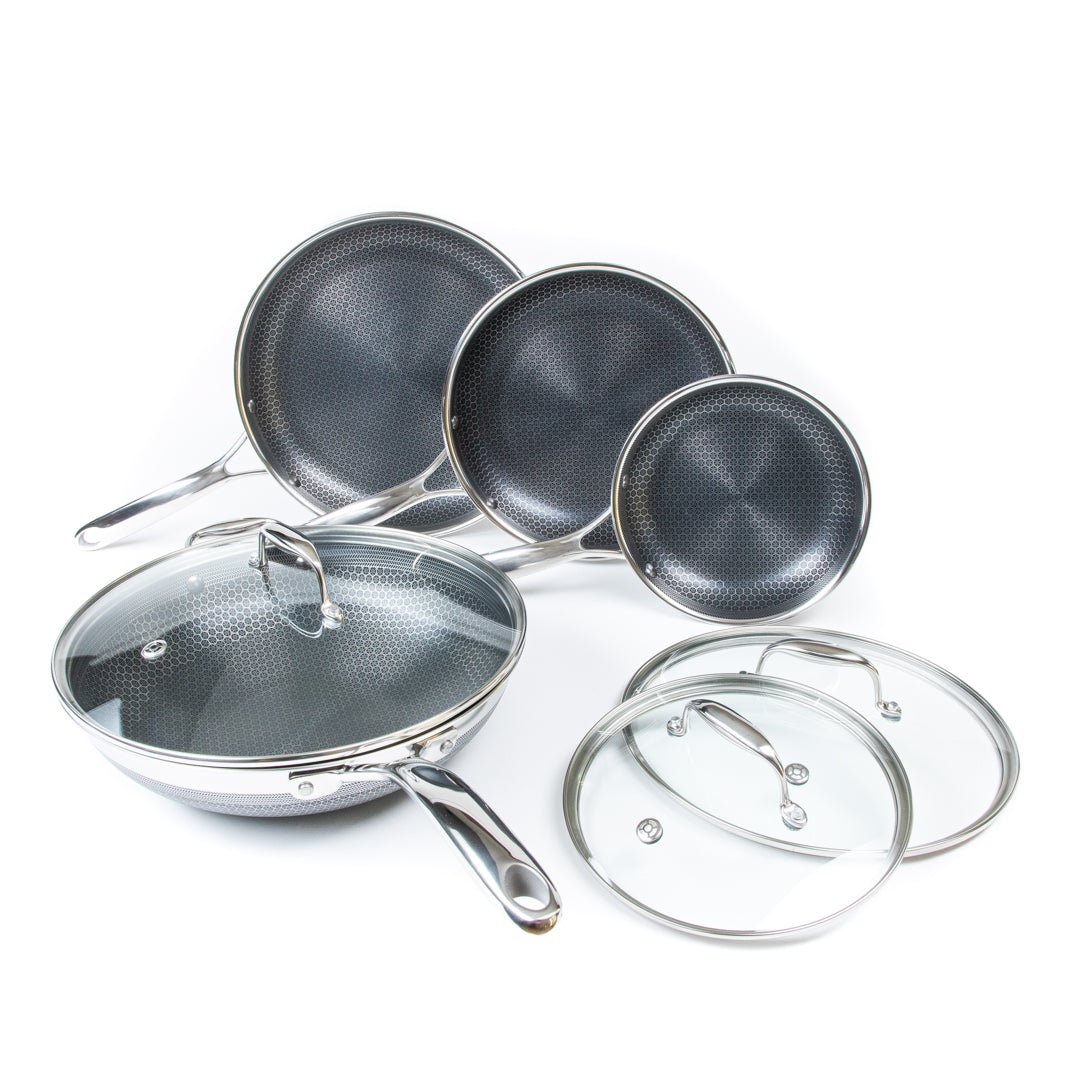


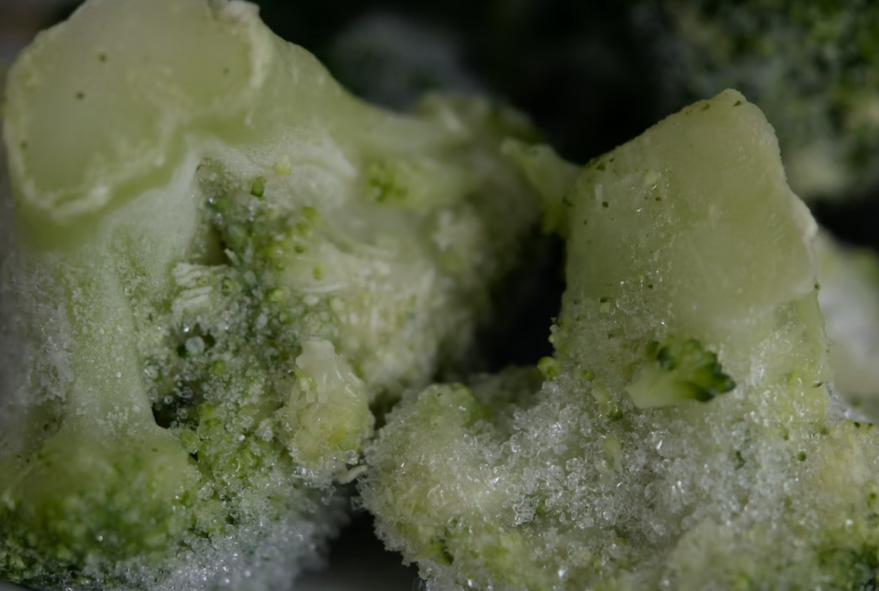
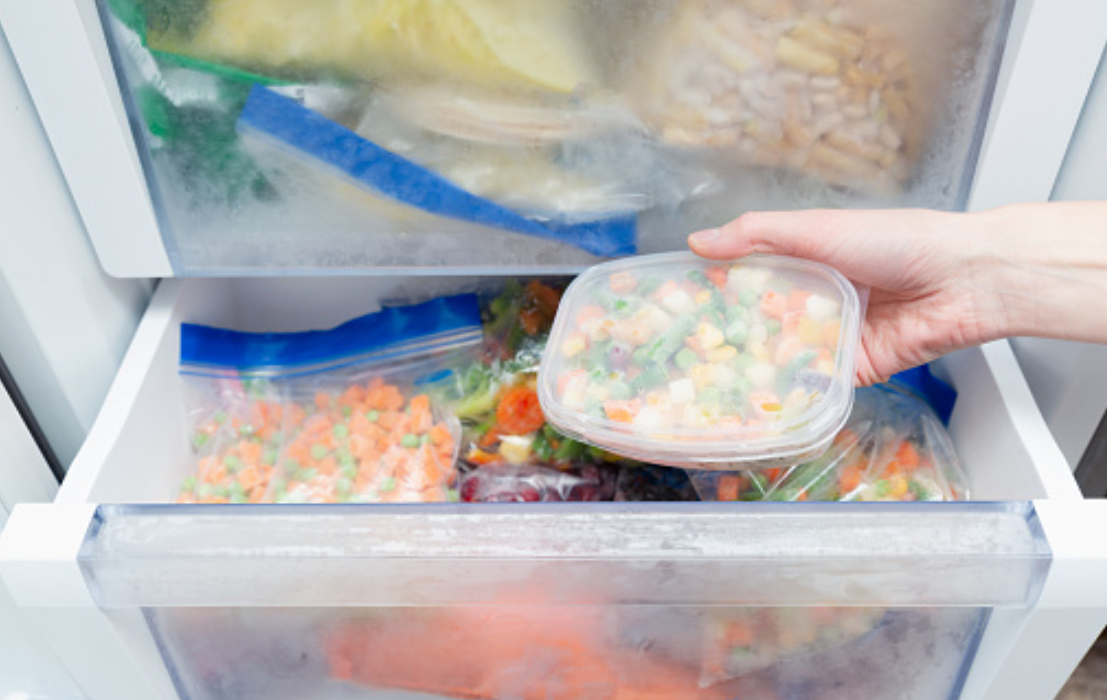
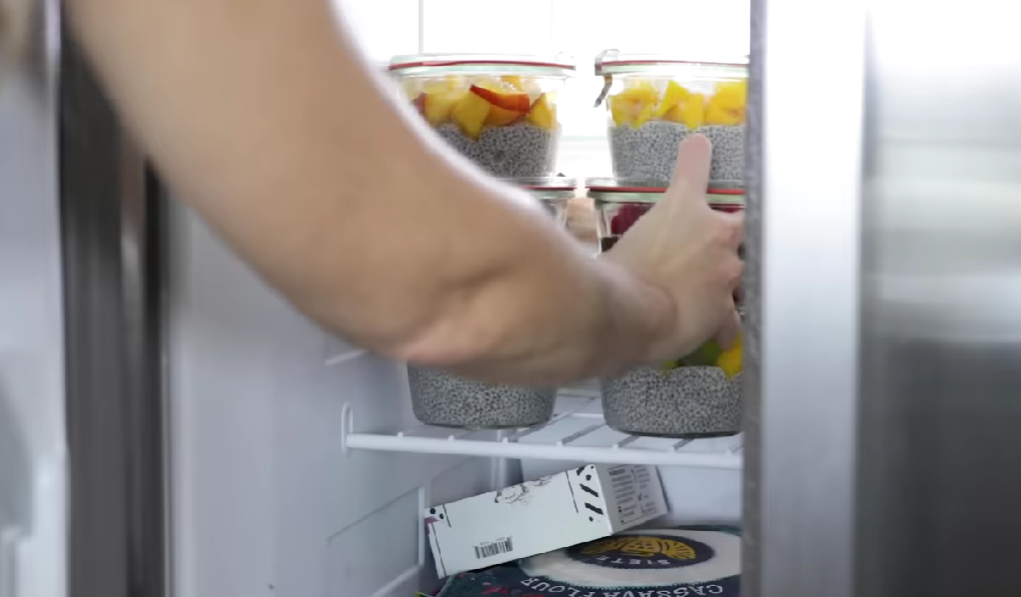

![Can you Cook Eggs in the Microwave? [Complete Guide]](/assets/images/c1f79d1cad59f18f9b5dc31403bd0eb2.png)

